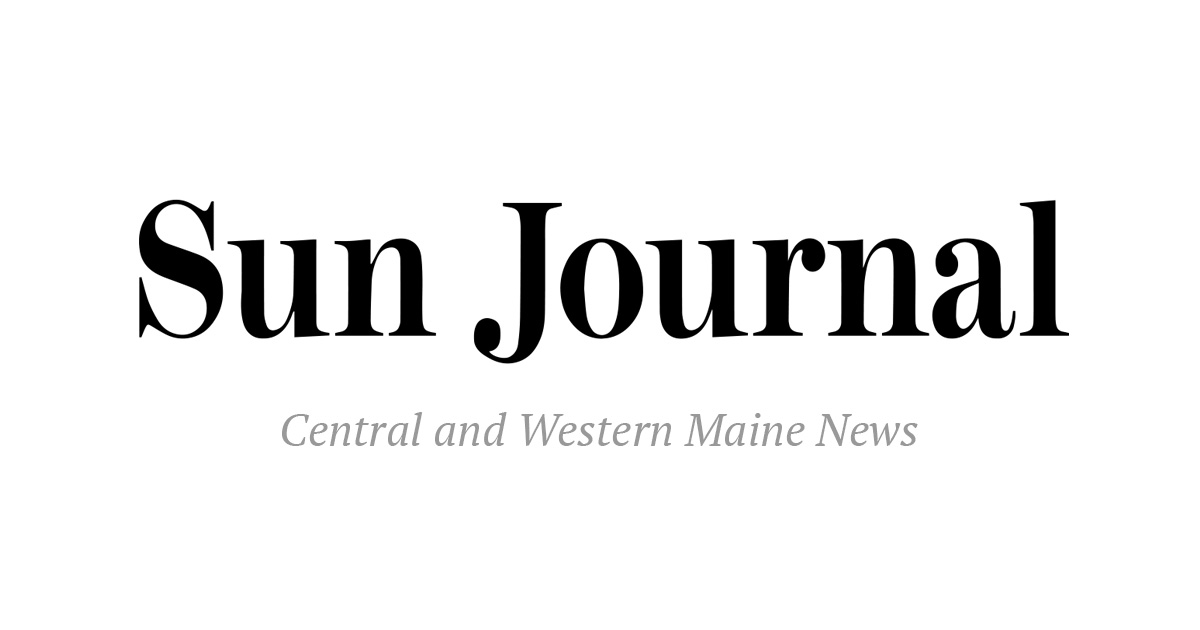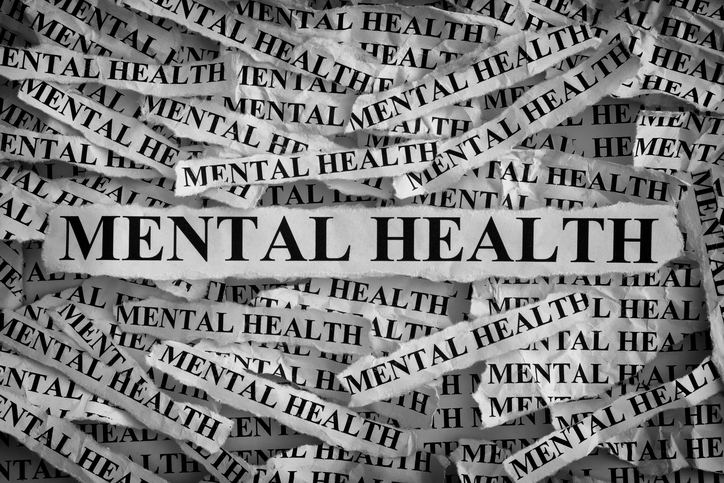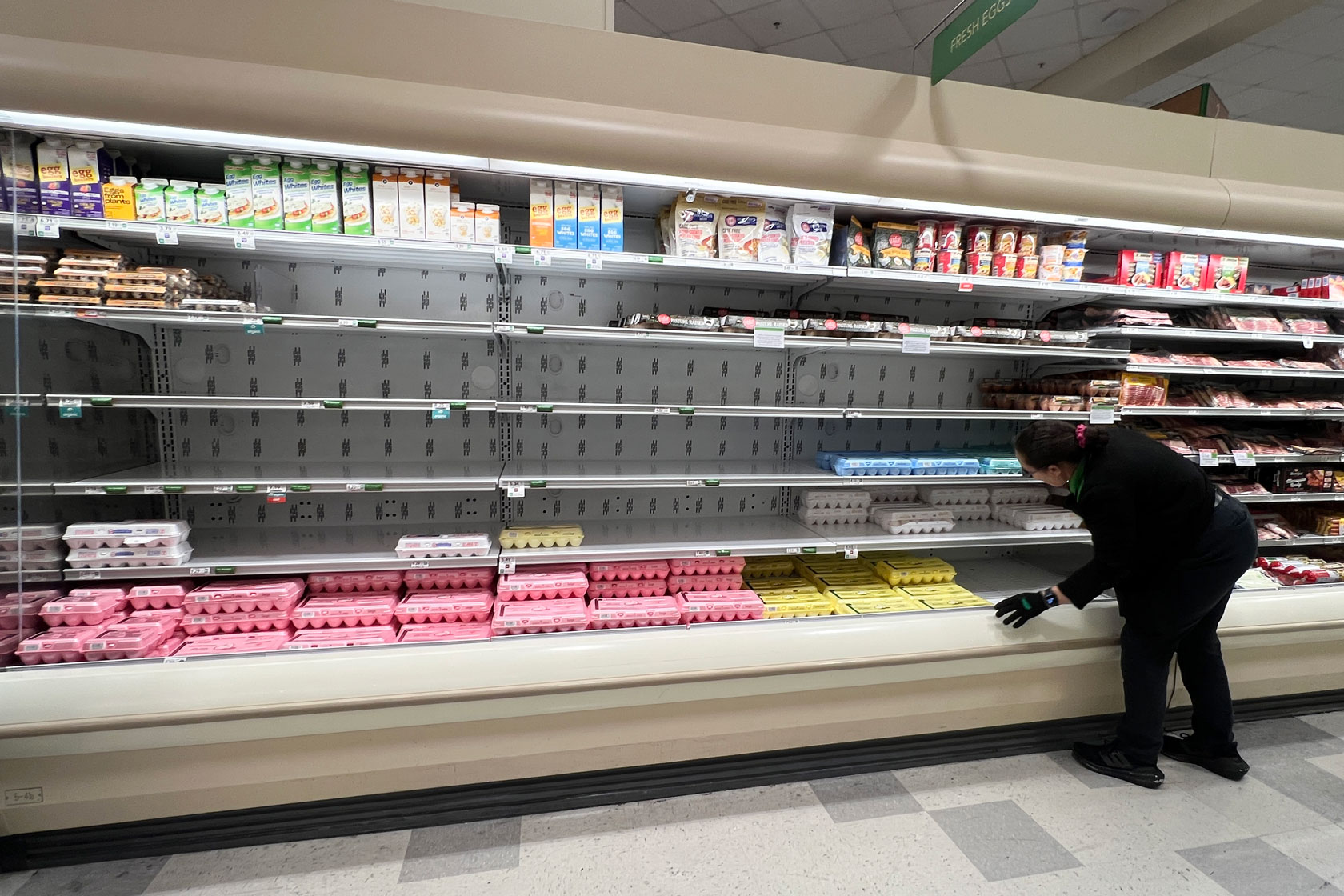Vaccine Access Transformation: Virginia's Healthcare Landscape Feels the COVID Ripple Effect

In a significant shift for COVID-19 vaccination access, the U.S. Food and Drug Administration has recently discontinued its broad emergency authorizations for COVID vaccines. This change means that the days of walking into pharmacies and getting vaccinated without a prescription are now over.
Under the new guidelines, individuals must either obtain a prescription from their healthcare provider or be 65 years or older to receive a COVID vaccine. This policy modification is creating notable challenges for Virginians across different socioeconomic backgrounds, including both those with health insurance and those without.
The new restrictions represent a substantial change in how COVID-19 vaccines are administered, potentially limiting accessibility for many residents who previously found it convenient to get vaccinated quickly and easily. Healthcare providers and community health centers are now working to help residents navigate these new vaccination requirements.
Residents are encouraged to consult with their primary care physicians or local health departments to understand the current vaccination protocols and determine their eligibility for receiving the COVID-19 vaccine under the updated FDA guidelines.








